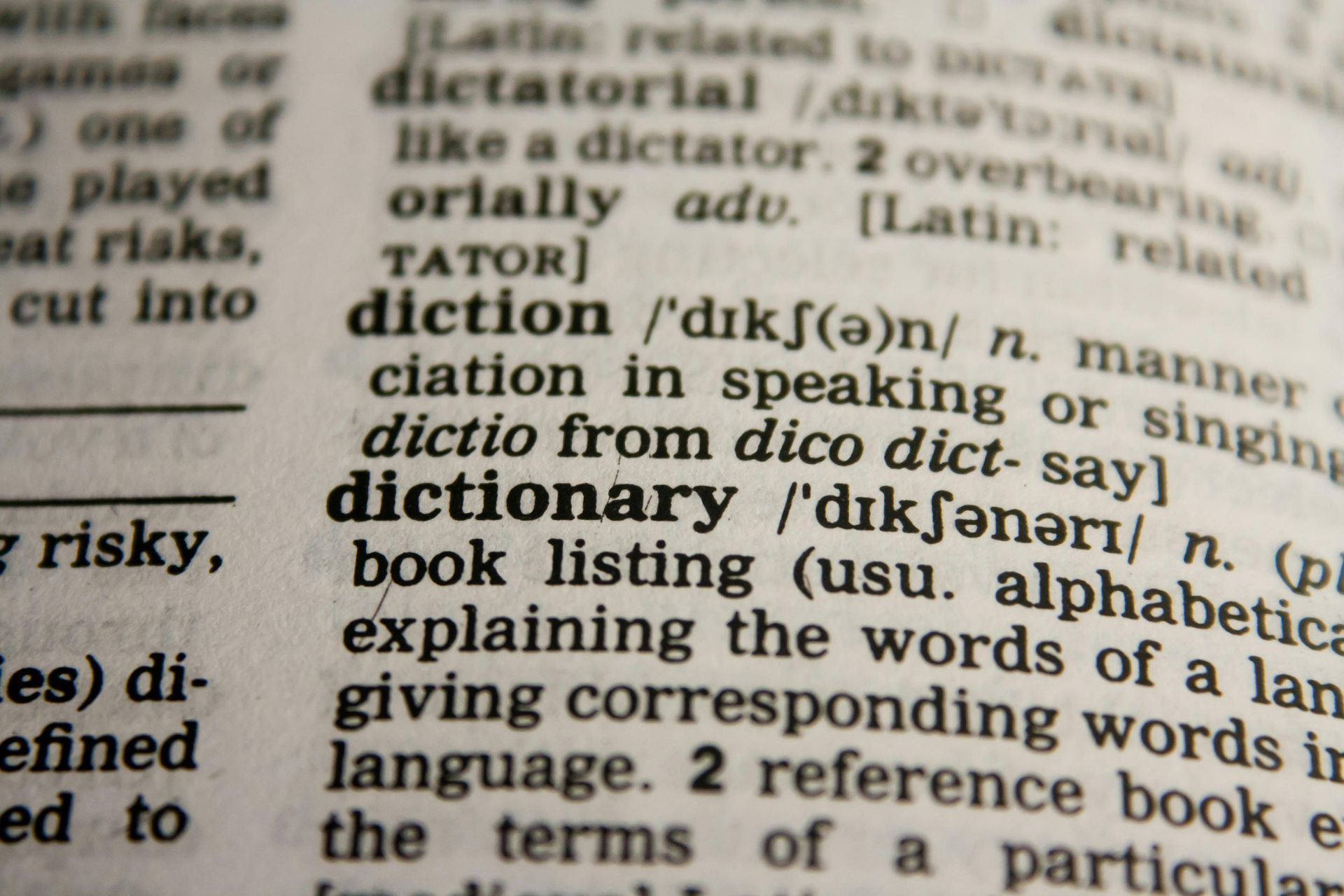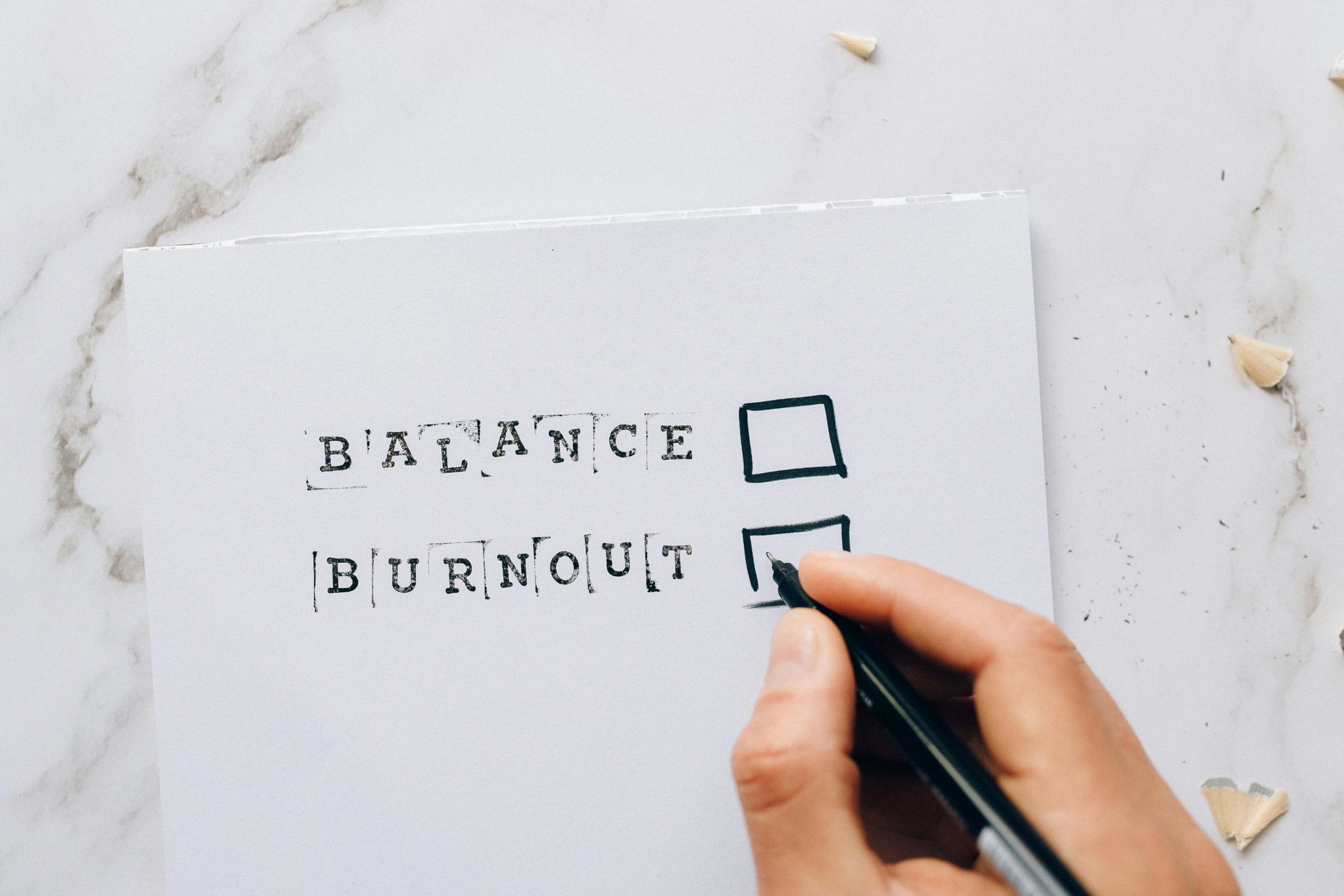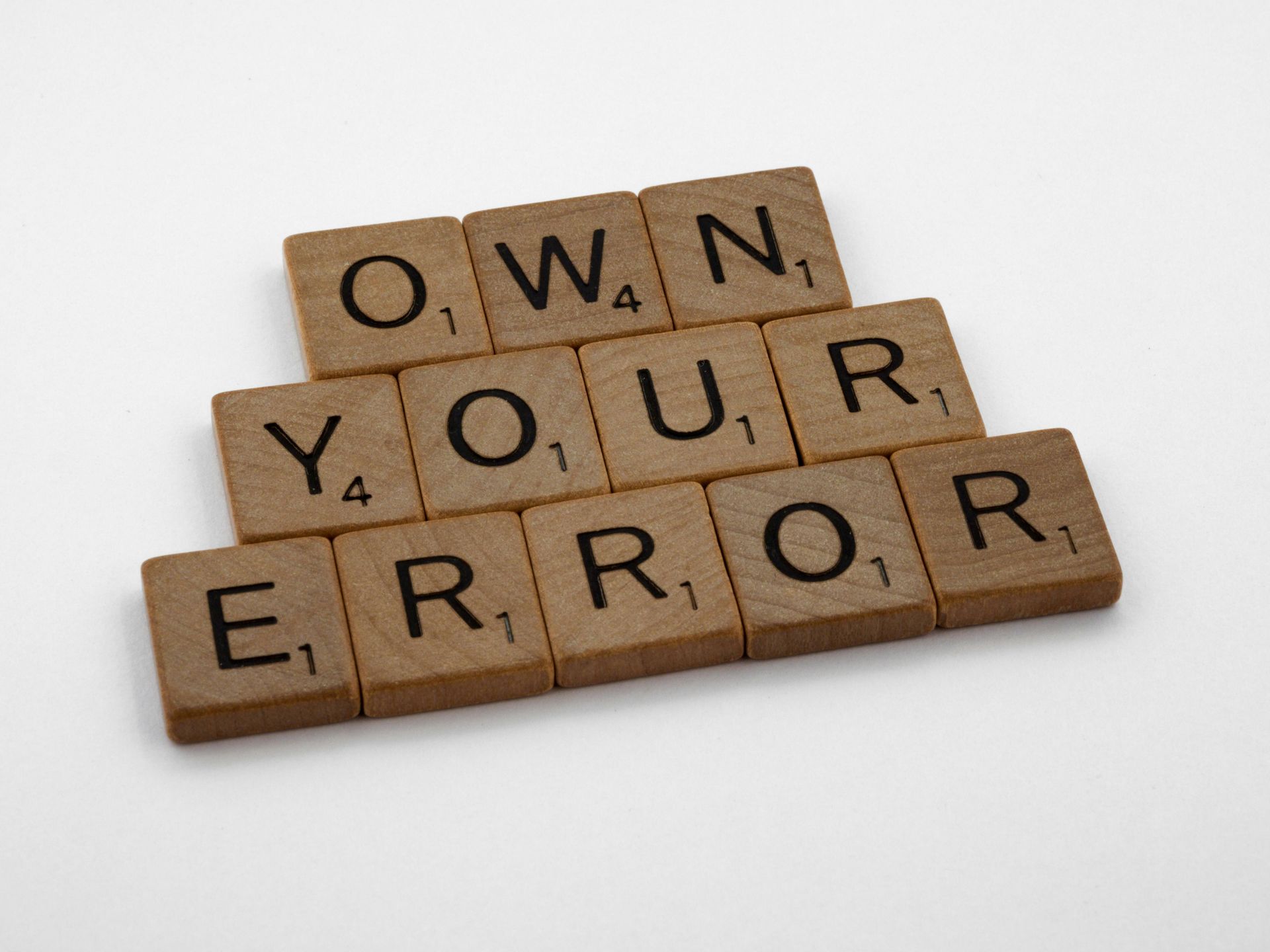How To Tackle Team Dynamic Issues
In any organization, team dynamics are critical to success. But what happens when things start to get a little rocky?
Addressing team relationship issues can be challenging, but how you handle those relationship issues can make all the difference. Here's our approach:
Start with What Matters Most
When it’s time to address team relationship issues, kick off the conversation by tying it to something everyone values—whether it’s your organization’s core values, the importance of a strong team dynamic, or how these relationships affect your clients or patients. For example, you might say, “Communication is one of our key values, and I’ve noticed a few areas where we could be stronger as a team.” This way, you’re not just pointing out problems; you’re aligning the discussion with something everyone cares about.
Use Scaling for Clarity
Next, ask your team to scale the current situation. Have them rate, on a scale of 1 to 10, where they think the team’s dynamic stands. Try to make the scale memorable. Think of 10 as a day where everything’s clicking—everyone’s high-fiving, the sun is shining, and there's a cake in the break room. On the flip side, 1 is like being stuck in a never-ending meeting where the coffee’s cold, the Wi-Fi’s down, and someone just took the last donut without asking. This gives you a clear picture of how the team feels and sets a baseline for future follow-ups. Later, when you check back in, ask them to rate it again. If the score has improved, celebrate that progress! If not, dig a little deeper by asking, “Why?” This can help uncover hidden challenges and steer the conversation toward finding solutions.
Focus on the Ideal
Instead of dwelling on what’s not working, shift the focus to what you want the team’s relationships to look like. Ask questions like, “What does an ideal team dynamic look like to you?” or “What do you want this team to be known for around the office?” This kind of forward-thinking conversation helps everyone visualize a positive outcome and think about the bigger picture.
Identify Helpful (and Unhelpful) Behaviors
With the ideal in mind, guide the team toward concrete actions. Ask them, “What behaviors will help us reach that goal?” and “What behaviors might hold us back?” This helps clarify expectations and encourages everyone to take responsibility for their role in building a better team dynamic. Remember, fixing team relationship issues isn’t a solo job. If it makes sense, ask what leadership or other teams can do to support the effort. Questions like, “How can leadership help strengthen this dynamic?” or “What role can other teams play?” reinforce the idea that improving team relationships is a group effort.
Keep It Positive
At the end of the day, tackling team relationship issues doesn’t have to be a negative experience. By framing the conversation around shared values, using scaling for insight, focusing on the ideal relationship, and identifying key behaviors, you can turn challenges into opportunities for growth. Remember, it’s all about progress, not perfection, and building a team dynamic that everyone thrives in.









